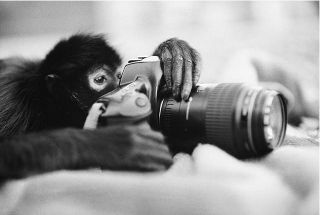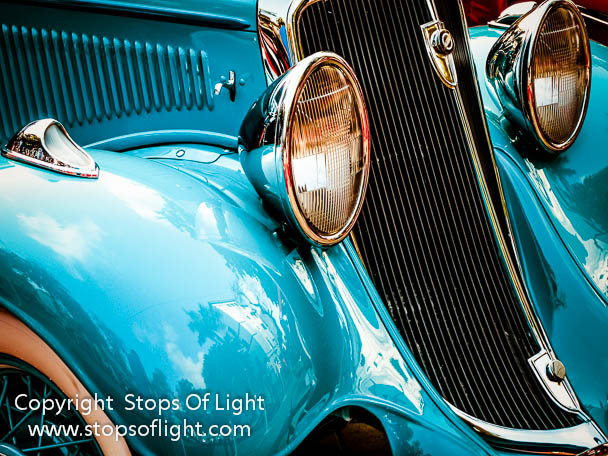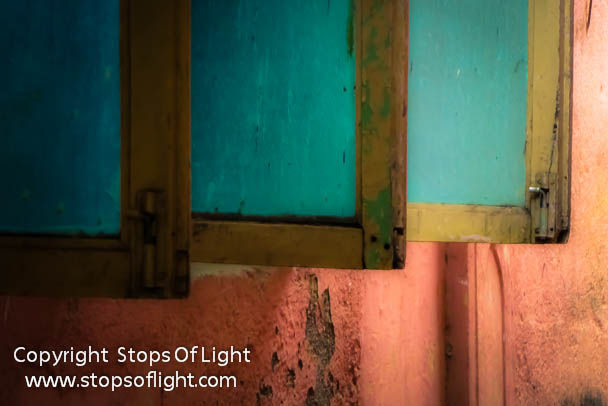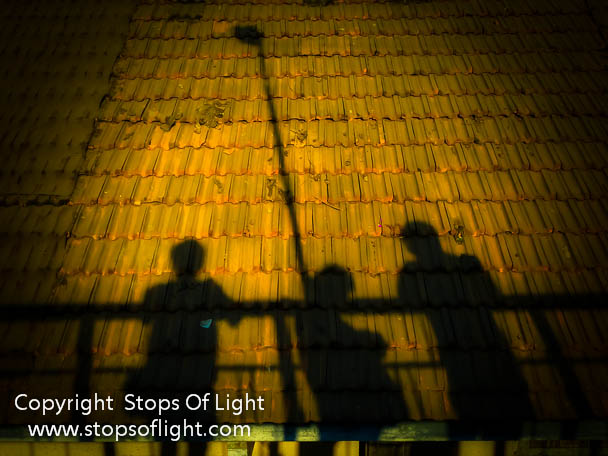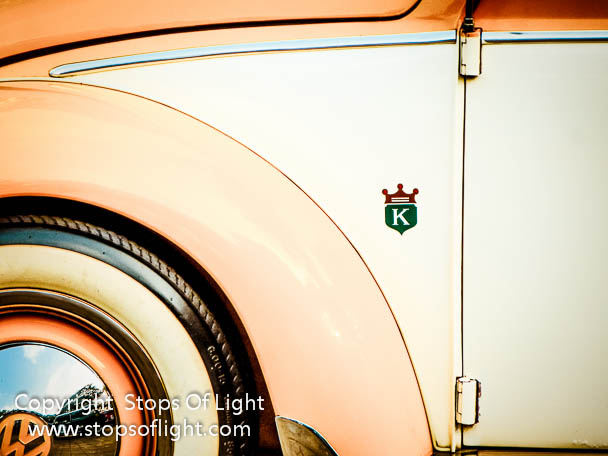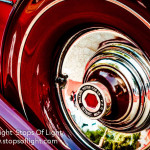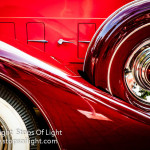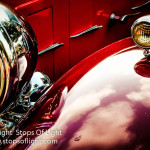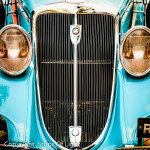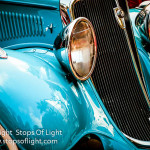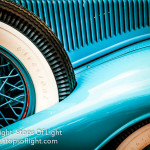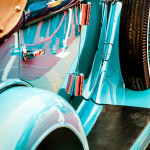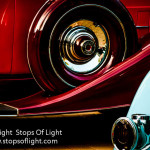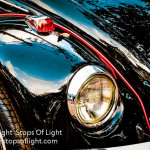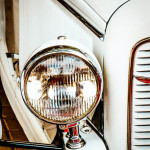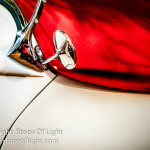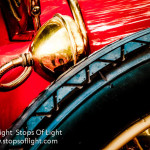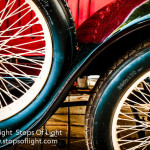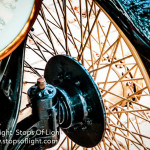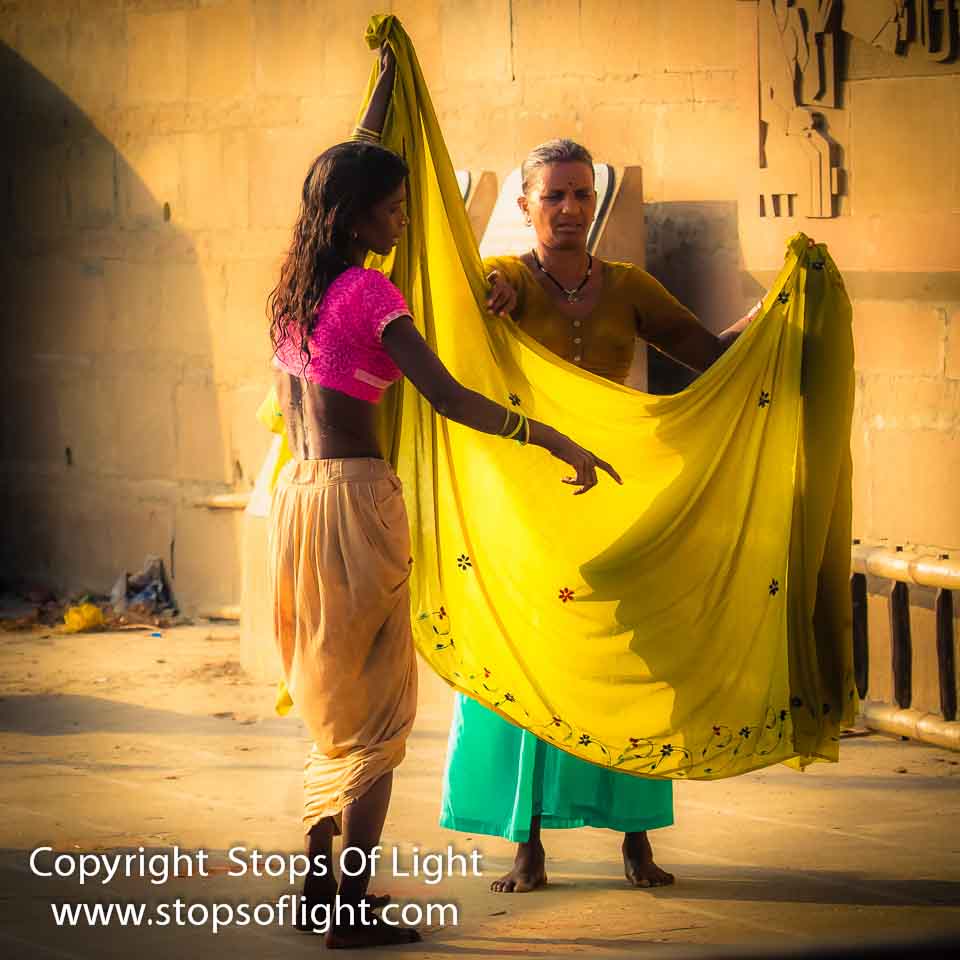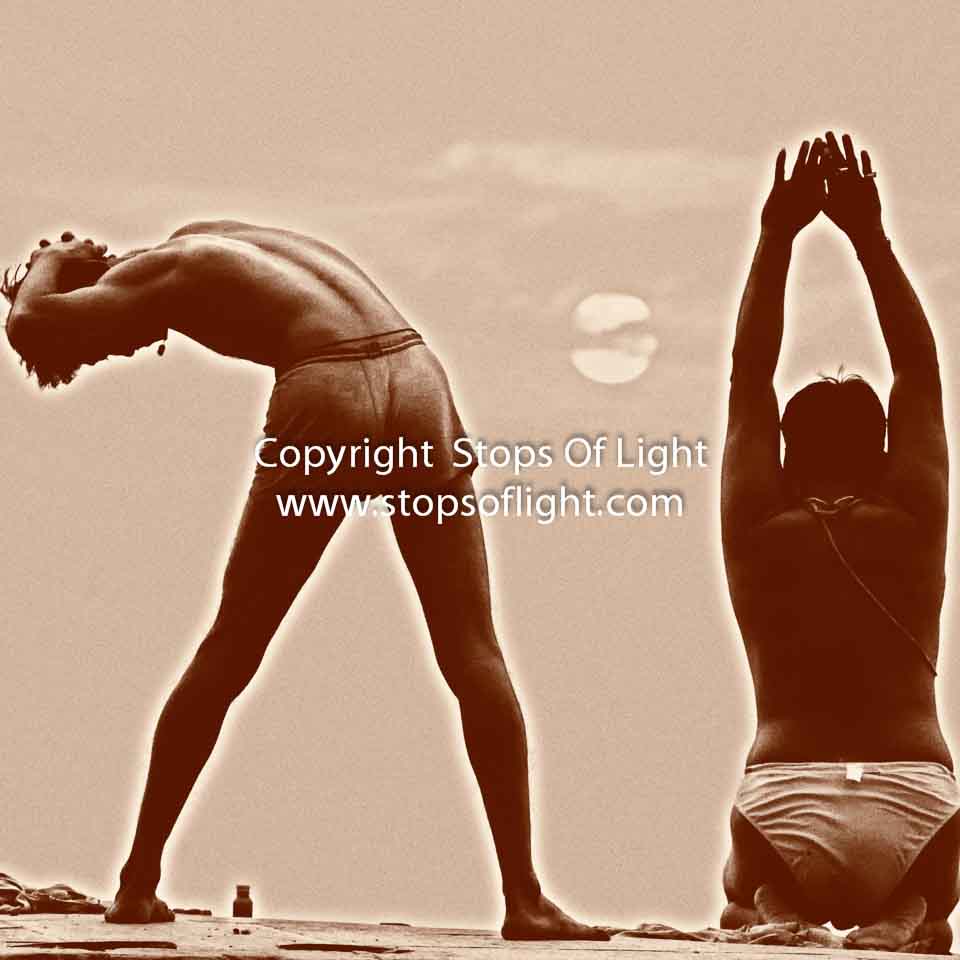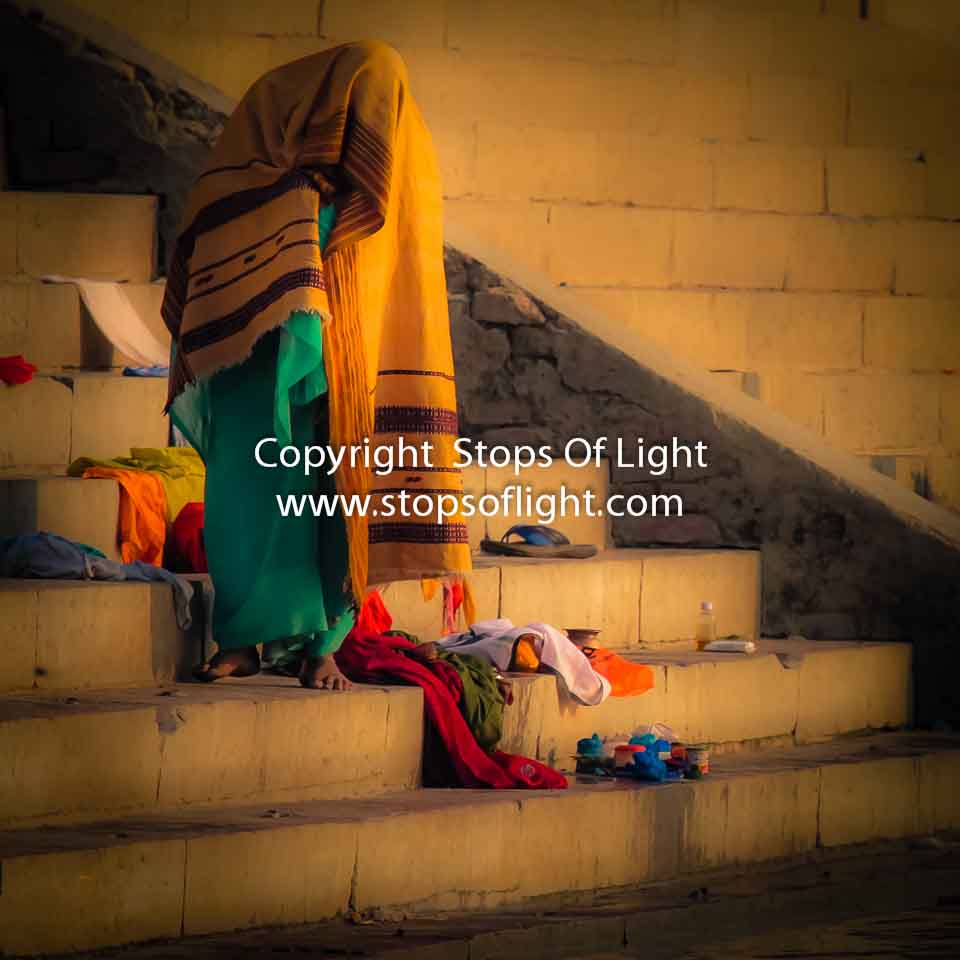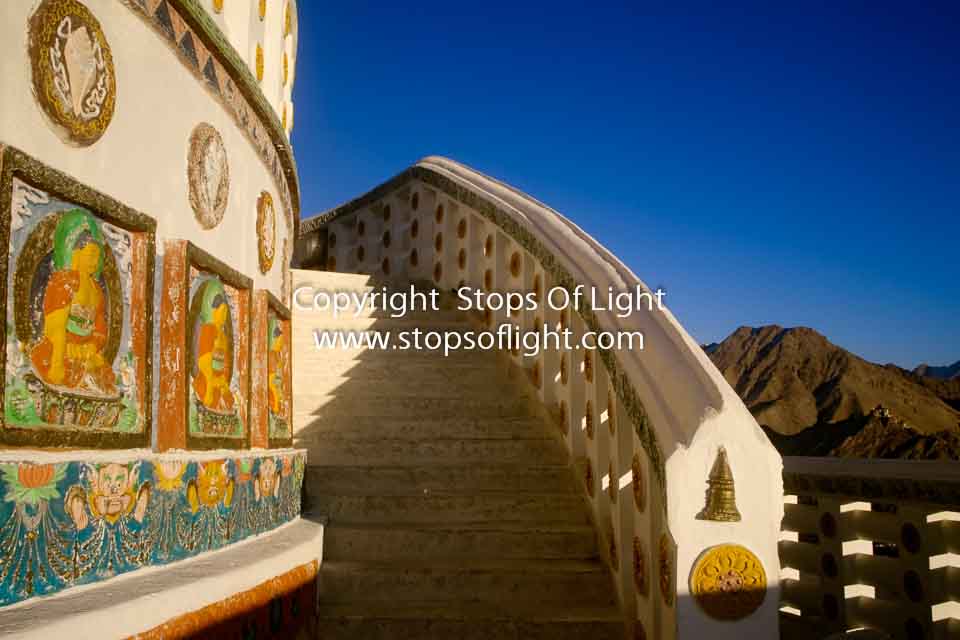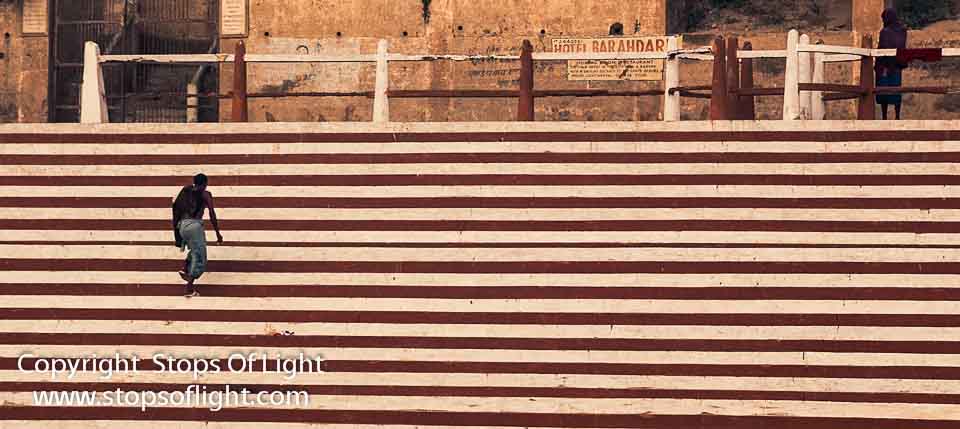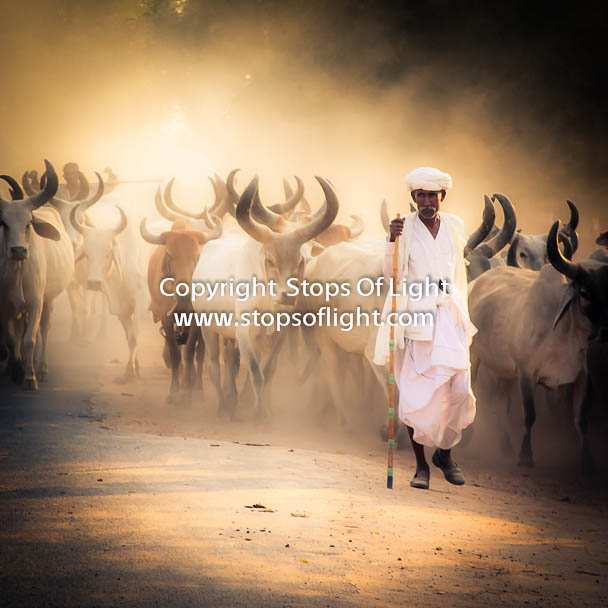“Erm, just what exactly are you doing??” I asked the guy.
He’d been lying prone on the floor, his eyes glued to the viewfinder for the last minute or two. And I’d have understood had that been the only thing he was doing, but that wasn’t the half of it. His finger was visibly pressing down on the shutter button, and I could distinctly hear the whirring of motors as the lens tried to focus – and failed miserably in the process. My legendary patience notwithstanding, I just couldn’t take it any longer, and so I asked (again!) – “Hey, what are you doing?!?!?!”
“Can’t you see?” he said, tearing his eyes away from the viewfinder and casting a baleful look my way. “I’m trying to take a photograph similar to the one I showed you earlier today on my phone. The one I liked on Flickr – the low perspective shot with a strong object in the foreground. However, the damn camera just won’t focus!”
Luckily, there wasn’t a sharp pointy object within reach, else a bloodbath would have followed. Mainly as a result of stabbing myself repeatedly in the chest. Being around DSLR monkeys does that to me, and this guy was definitely from that species. What with the fact that he was trying to copy a wide-angle shot, with a telephoto lens to boot, and trying to focus with that-there lens on an object less than a foot away. Oh well!
But I’m getting ahead of myself, so let me rewind a bit…
A few months back, I wrote a post about my not-too-pleasant experiences on most photo-walks, and except for the fact that this one wasn’t in Mumbai, it wasn’t too dissimilar. To summarize it in eight words: A troupe of DSLR toting monkeys.
Now don’t get me wrong! Before you get all red in the face (some monkeys – the actual variety – do have red faces. And red behinds!), know this: I’ve been one myself. Metaphorically in that, I was a DSLR toting monkey at one point in time. And, in that I’ve supposedly (if Darwin is to be believed) fallen off the tree I used to swing on at one point and taken to walking on two feet instead. Essentially, I evolved. And oh yes, I still use a DSLR. But I’m no monkey because I chose to evolve!
By now you must be wondering what my beef is against a certain section – and it is an extremely large section – of monkeys – oops, I mean “photographers”, my bad! – of the DSLR kind. None whatsoever. My only problem – if any – is with the troupe (oops, I meant crowd) that refuses to evolve (while insisting that it has). For if those monkeys insist that they have evolved, all I can say is that it’s very obvious to me that they obviously haven’t walked too far from that tree they fell off in the first place, going by what I see of them.
And what do I see? What is it that prompts me to call them DSLR toting monkeys? How do you recognize one? Here’s how!
All that you wanted to know about monkeys but didn't know who to ask
Monkeys. They’re a couple of things you need to know about them
For starters, they’re compulsive “chimps”! And while in the biological sense not every monkey is a chimp[anzee], most DSLR monkeys are prone to chimping (the habit of checking every photo on the camera display immediately after capture). What’s wrong with chimping? Well, if they’ve got themselves a fancy DSLR, the least they ought to do is either master exposure for themselves, or go learn it from someone. It shows a serious lack of confidence and their inability to be the master of their tools if they need to check if they got the shot right every time they trip the shutter.
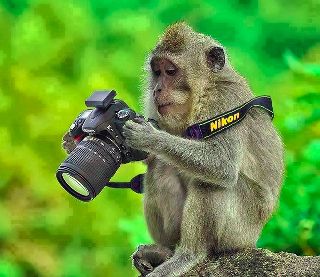
Compulsive chimping – at its heart – stems from a lack of understanding of the tools at one’s disposal. It is this same lack of understanding that results in what I started this post off with. DSLR Chimps need to understand that the camera – at its heart – is a glorified lightbox meant to capture the world around them. If they have their face buried in the camera, just imagine how much they miss out in seeing the world around them. All this for me spells a DSLR Monkey!
Monkeys are obsessed with tools (aka gear), not as a means to an end but rather as the end itself. This manifests itself in a tendency to try and go out and possess every shiny toy that catches their fancy. Or rather, let me state that every shiny toy catches their fancy. Monkeys of the biological variety are known to resort to violence so as to be able to usurp tools that other monkeys may have.
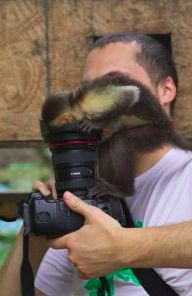
The DSLR Monkey is frighteningly similar, minus the violence bit. It’s easy to spot one, he or she is often the one with the fanciest camera if they can afford it. At the very least, the DSLR Monkey is driven by a primal urge to desire “better” cameras and lenses. He or she is often found to be poking their nose into other people’s cameras and asking them penetrating questions about their gear.
I’m not sure if all monkeys are apes, but all monkeys excel at aping what they see other creatures doing around them. From this stems that saying “Monkey see, monkey do”.
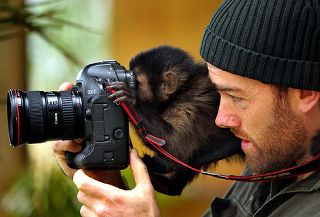
The DSLR Monkey is no different, blindly aping methods and techniques they see others employ, that they may read about or otherwise hear of. All, without an iota of the fundamental governing principles that drive them. And while we all learn initially by mimicking, the DSLR Monkey usually never goes beyond aping. His or her compositions also tend to be nothing but mindless copies of the compositions of others. The DSLR Monkey is easy to spot, he or she is to be found where all the other monkeys are, all pointing their DSLRs at the same thing.
I think it should be clear by now where my angst stems from: a monkey – any monkey – can peer through the viewfinder and press the shutter and get lucky. Press the shutter a couple of hundred times, and the law of averages being what it is, any monkey will get a few decent shots. But to truly make good shots – that needs a mind a thinks, a heart that feels, and eyes that see. To do that means you have to fall off – or climb down – that tree and start walking on terra firma. To do that means you have to start thinking. To do that means you have to stop mimicking. To do that means to be human, to evolve. If you don’t, you are – and always will remain – a DSLR Monkey!
